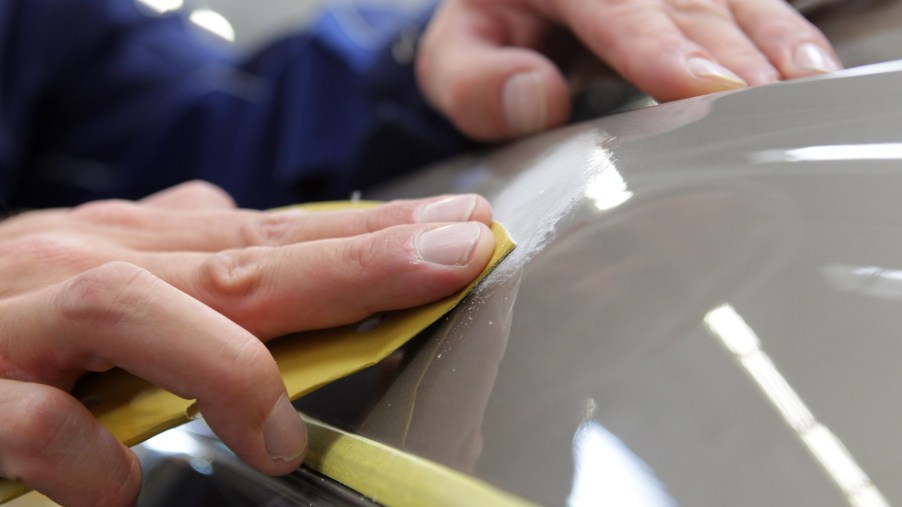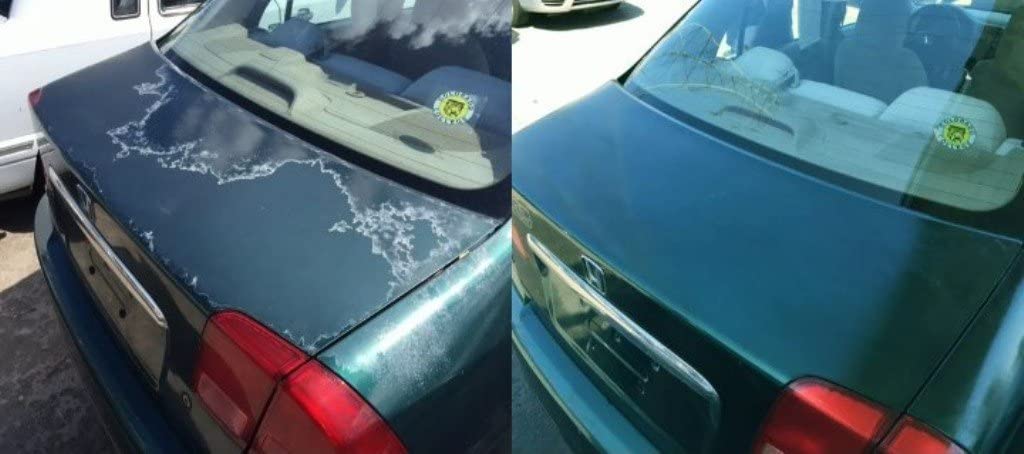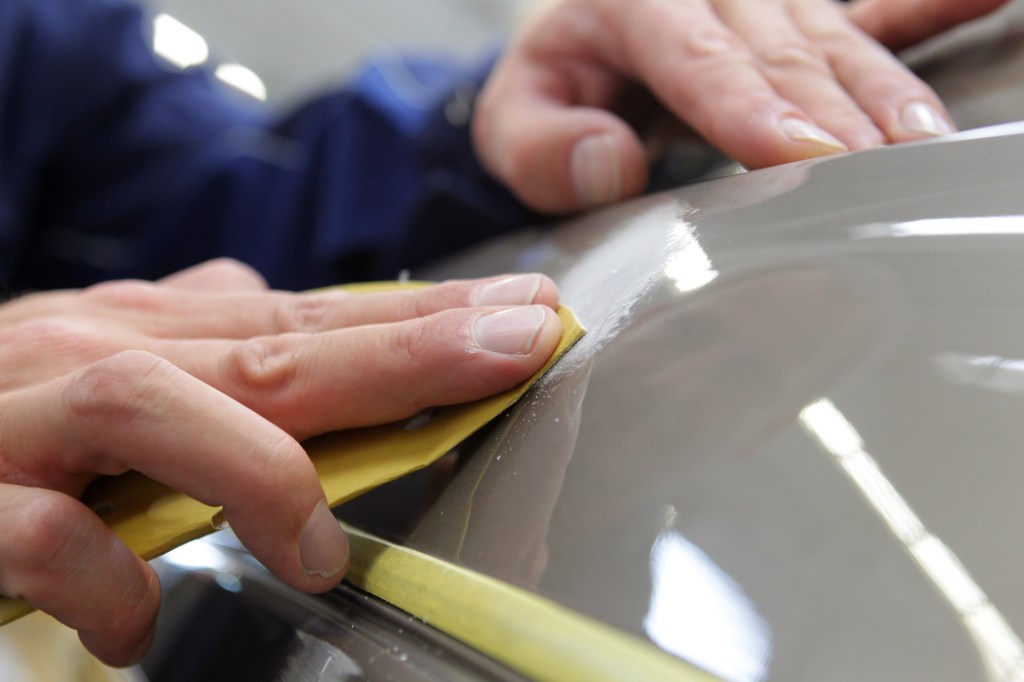
Is Oxidation the Kiss of Death for Your Car’s Paint or Can it Be Repaired?
The sun’s harmful UV rays aren’t kind to any car and over time, a car’s paint may start to oxidize. The oxidation leads to the clearcoat fading and ugly patches in your car’s paint, so much so that the car ends up looking like it’s severely sunburnt. But does that mean you have to kiss your car’s paint goodbye? Or is there a way to repair it?
What is oxidation?

Paint oxidation occurs when a car is left out in the sun and other elements for prolonged periods of time. The paint will begin to fade and then get worse as time goes on. In fact, paint oxidation can happen on nearly anything that’s painted, including outdoor furniture and even jewelry. However, not all paint oxidation is created equal and there are essentially four stages to the process:
- First stage: When oxidation first occurs, you may notice that the car’s paint looks rather dull
- Second stage: As the oxidation process progresses, the car’s paint will start to fade
- Third stage: Heavy oxidation starts to occur, creating a dull and chalky surface
- Fourth stage: Also known as “clear coat” failure, this is the point of no return. At this stage, you’ll likely need to repaint the surface to get it looking new again
Repairing faded paint and oxidation is a fairly simple process
If you find that your car’s paint is in the first couple of stages of the oxidation process, you can still save it using some simple methods at home. First, you’ll need a dual-action car polisher and then you’ll need a cutting compound. There are a number of paint oxidation compounds that you can find online, but the most recommended one is the Meguiar’s Mirror Glaze Ultra-Cut Compound.
After that, you’ll need to hit the paint with a good finishing polish to bring back the shine. A good recommendation is the Klasse All-in-One polish. Once you have all of the tools you need, the process is fairly straightforward:
- Wash the affected areas with dish soap to remove all of the dirt and grime
- Completely dry the area
- With the dual-action polisher, apply and buff the oxidized region with the cutting compound
- Polish the affected area with the finishing polisher
- You can also apply a coat of wax when it’s all finished
Just remember not to do this process in direct sunlight and make sure the ambient air temperature is above 50 degrees. Otherwise, the car’s body panels may be too hot, which can lead to less-than-stellar results.
How do you protect your car’s paint from oxidation?

The most obvious way to prevent your car’s paint from oxidizing is to park it in a garage or a covered parking spot so that it’s away from sunlight and the elements. If you don’t have access to a garage or covered spot, then using a good car cover can help a lot. Additionally, routinely polishing and waxing your car can help to prevent the paint from fading and oxidizing over time.
It’s a good idea to routinely check your car’s surfaces for any paint fading or oxidation. If you do detect any fading, then it may be best to use the aforementioned process to prevent the oxidation from spreading.



